When you walk on campus, it’s hard not to be struck by the sound of bells coming from St. Ignatius church, regularly marking passage of every half hour and hour every weekday. Hearing the bells is one of many unique memories every student carries with herself after graduation.
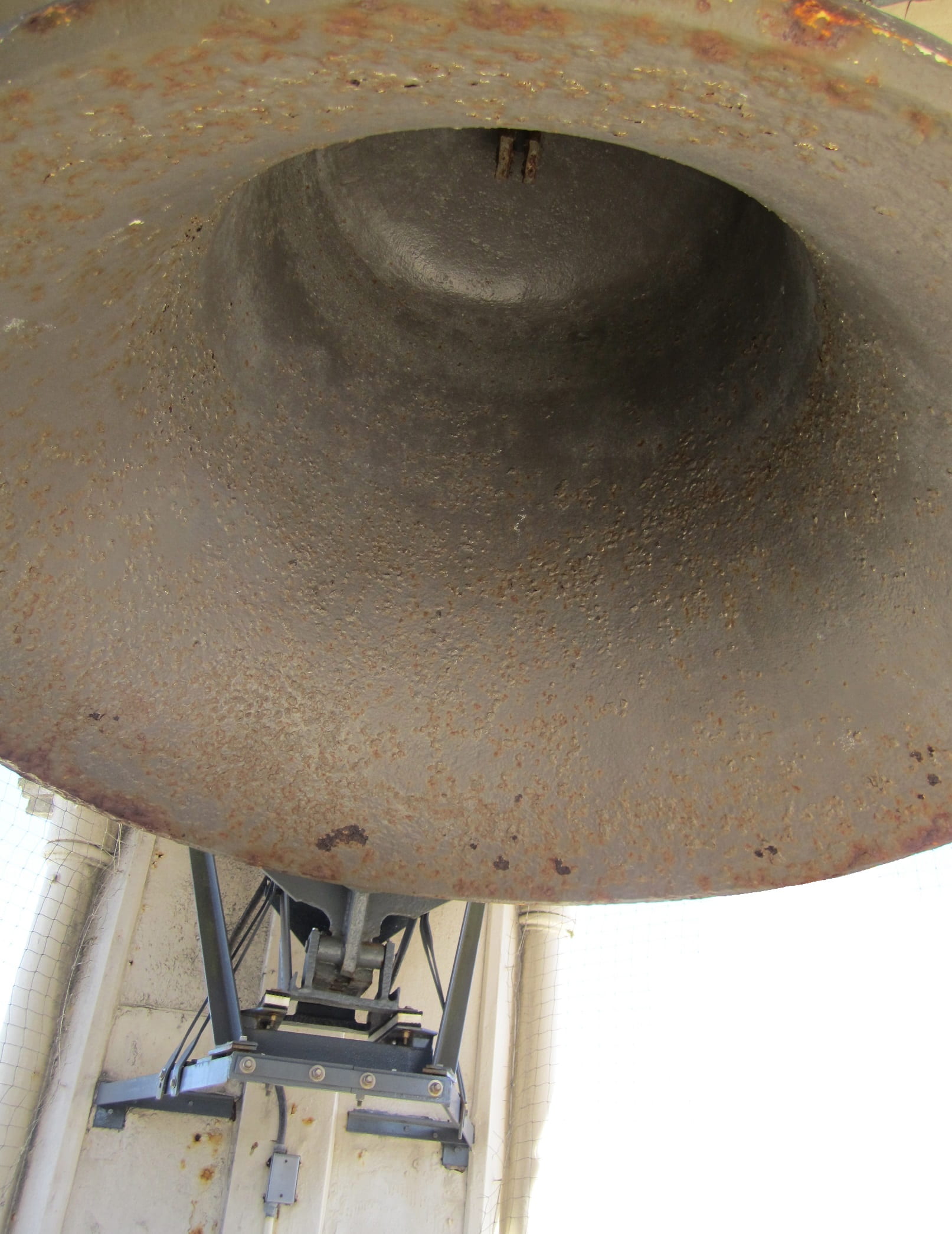
Recently, I’ve been reading a lot about bells and their mechanism and the more I read about these mysterious, sound-making objects, the more curious I became about the bells here at USF.
I asked Fr. Kotlanger, University Archivist, how I could get up to the bell towers and meet these creatures who, while heard, remain hidden from sight. I wanted to know them: their history, their shape, their vibrations.
Fr. Kotlanger recommended that I contact Sacristan Raymond Frost. After a short exchange of emails, Ray Frost graciously offered to take me and a few colleagues on a tour of the towers and bells of St. Ignatius. I asked him about the history of the bells and this, in part, is what he wrote back concerning the single, large bell in the Northeast tower:
“Toward the end of August, the big bell, whose tongue in those many, many years has called so many thousands to prayer, was purchased from the firm of Conroy and O’Connor. It had been destined for the Fire Department of the city and had been cast in England. Its name was the “San Francisco” Weighing a ton and a half……And so we put up a skeleton of a tower of big beams, 30 feet high, in the garden, and placed the bell on its top. We rang it regularly for the college exercises and the Angelus, and its peal resounded for miles around.”
The tour began with going up the taller southeast tower, taking in the tremendously awe-inspiring view from the top, and hanging out with the four bells for a bit. We then ascended the northeast tower that houses the big bell that chimes the hourly marks.
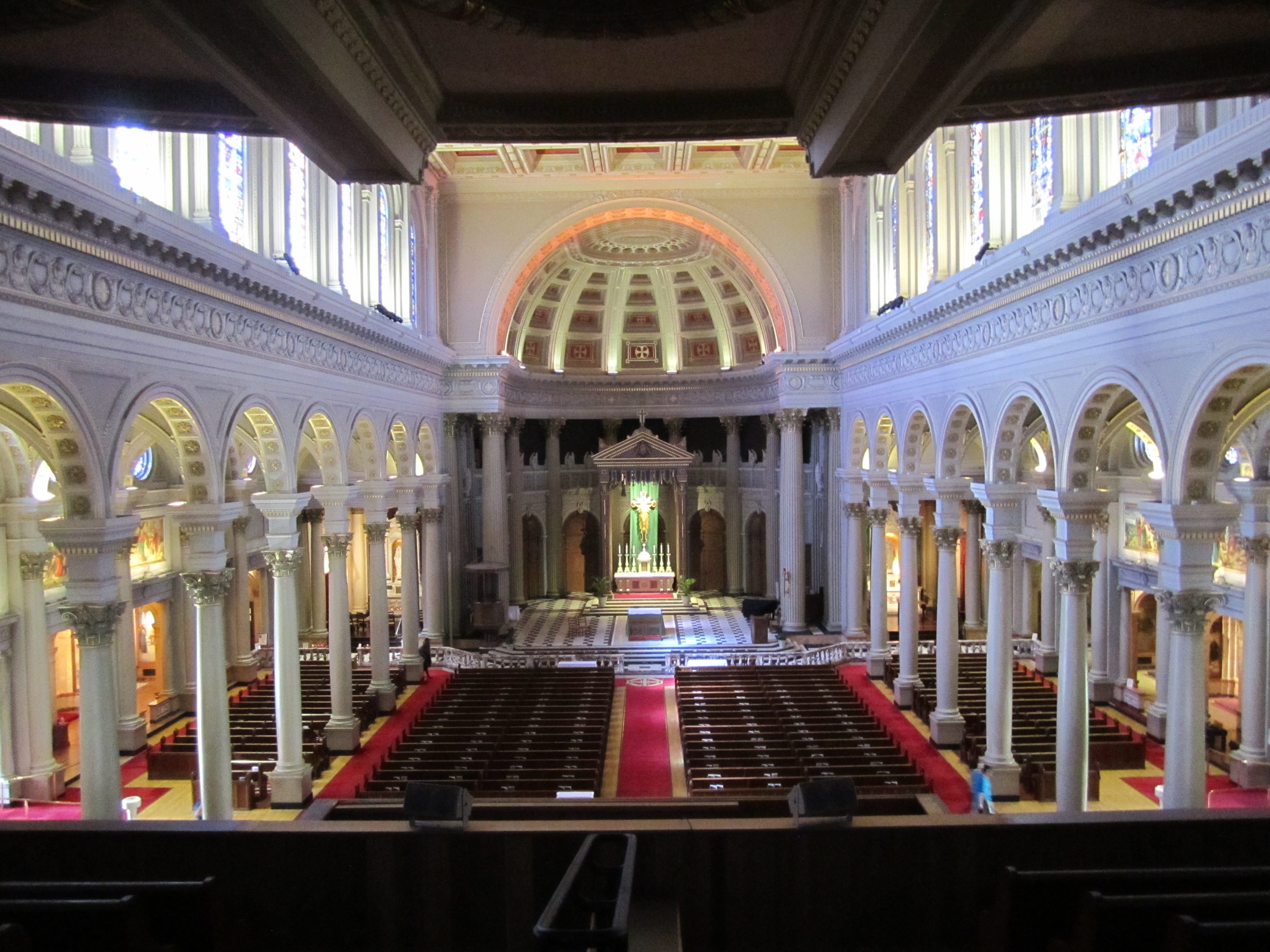
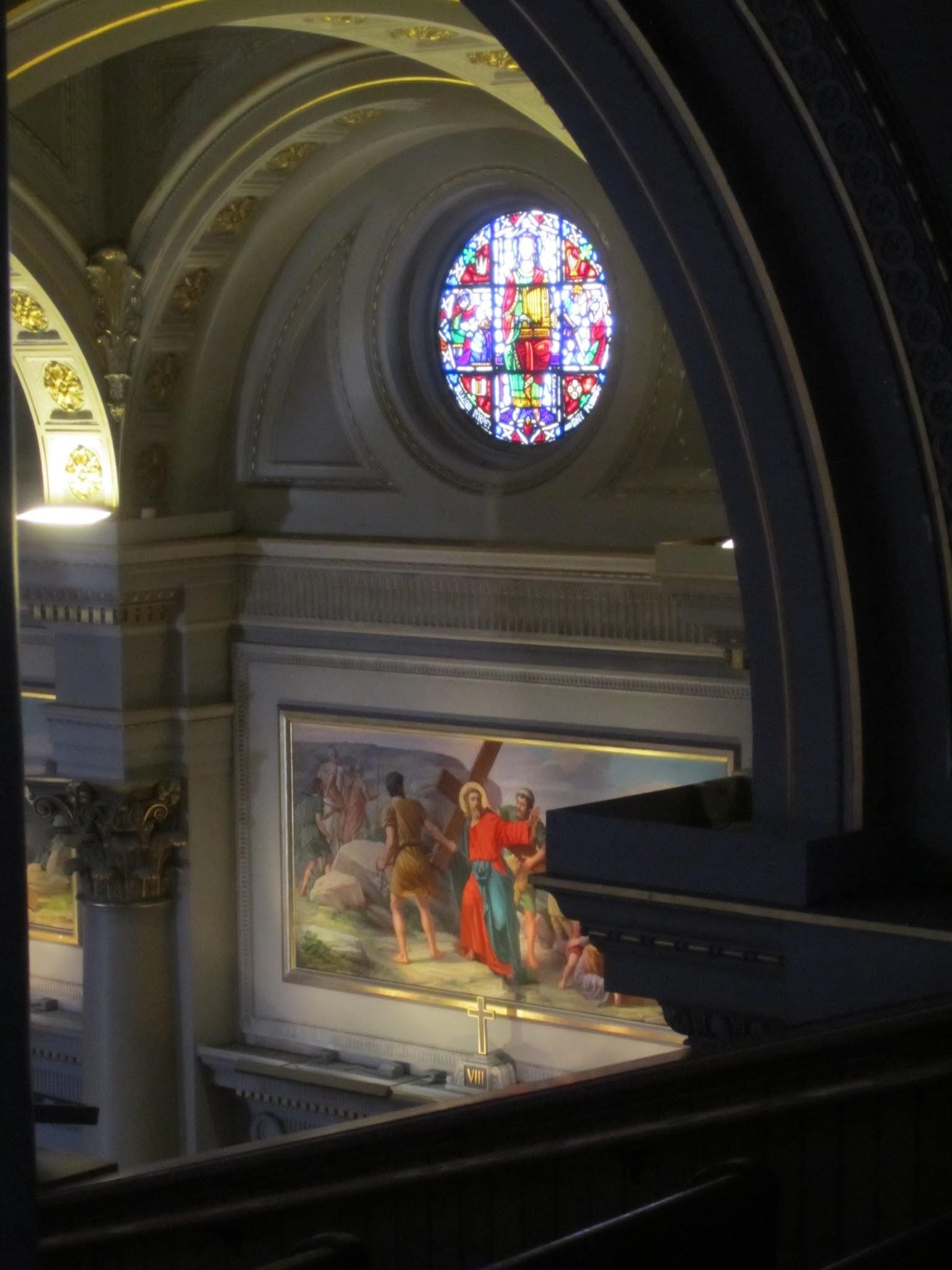
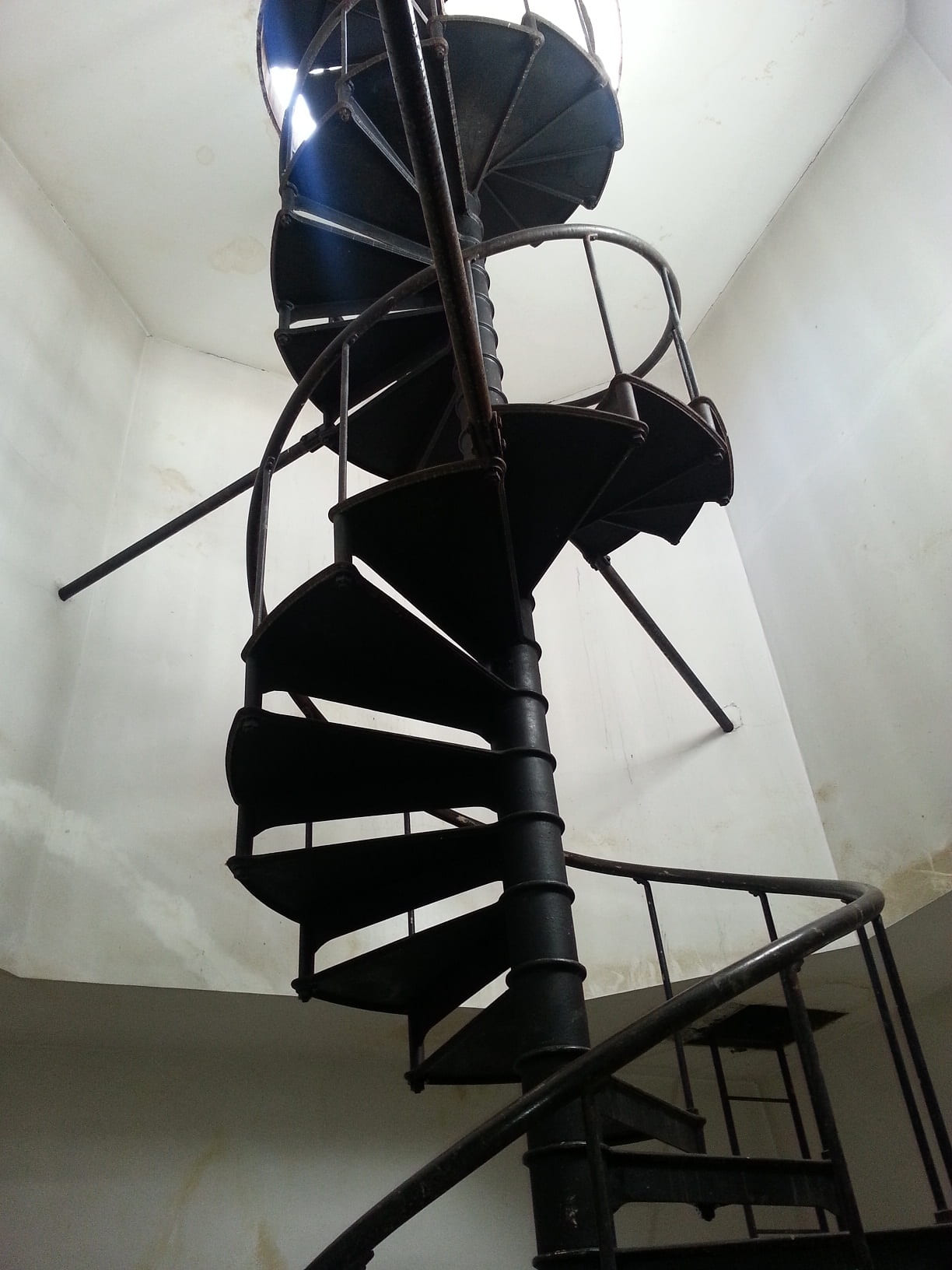
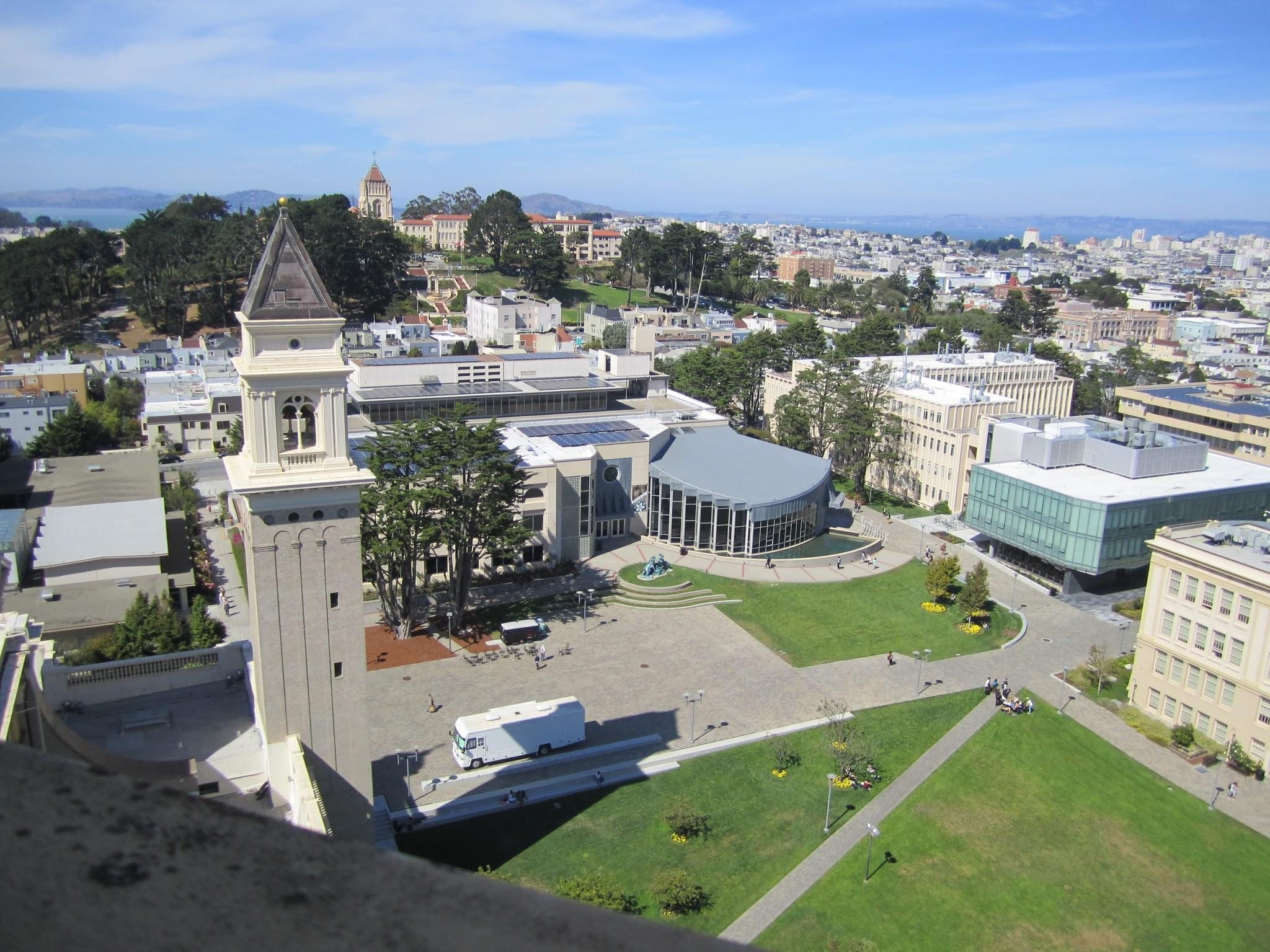
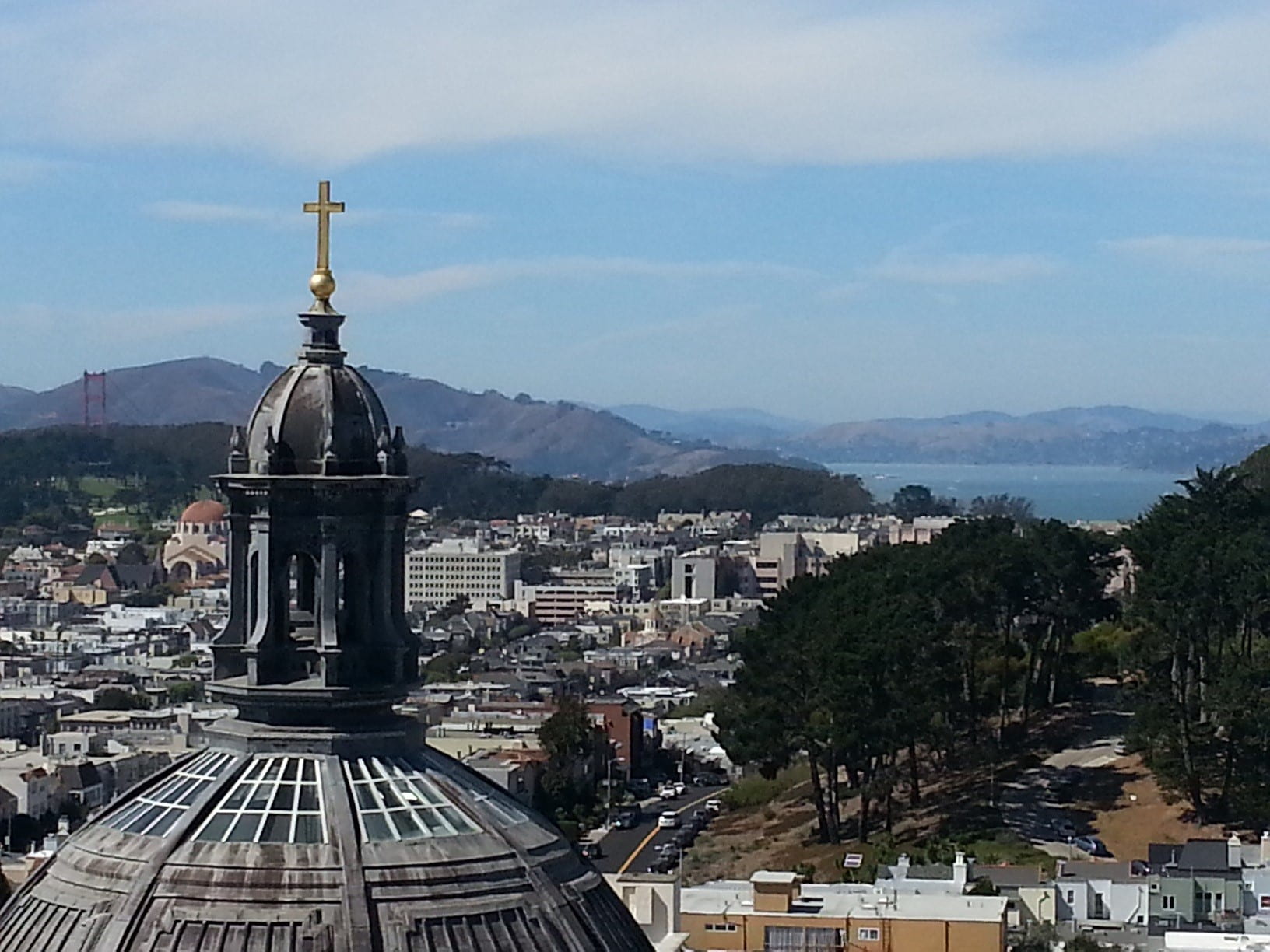
In the Southeastern steeple, there are four bells that were installed in 2012 to honor the 18th anniversary of Father Charles Gagan, S.J., pastor of St. Ignatius Church. The clapper of each bell is triggered by an electric mechanism and is electronically programmed to play the Westminster Quarters.
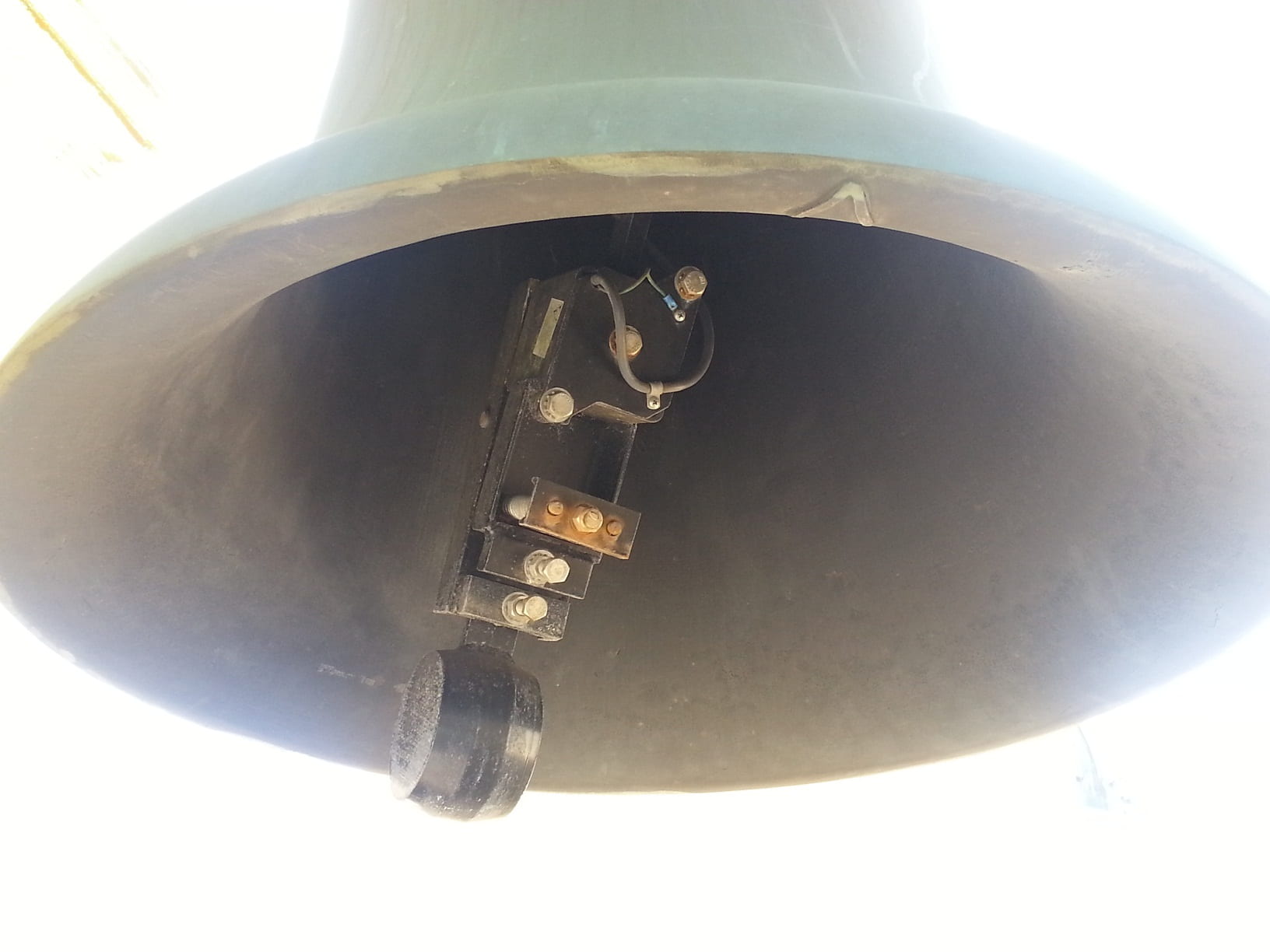
Here is a clip of the typical Westminster Quarters chiming, if you want to get the full experience:
While here is a clip of 8 taylor change ringing (amelodious):
If you feel that the melody played by the bells is out of tune, you are not alone. Ray Frost said he has gotten calls from concerned neighbors, and some people around campus have complained. This could be caused by the fact there are only four bells in the tower (change ringing typically requires 5-12 bells, for example, although change ringing is amelodious) or a deficiency in how the bells were cast and tuned.
Onto the Northeastern tower…
A mysterious room on our way to the Northeastern tower!
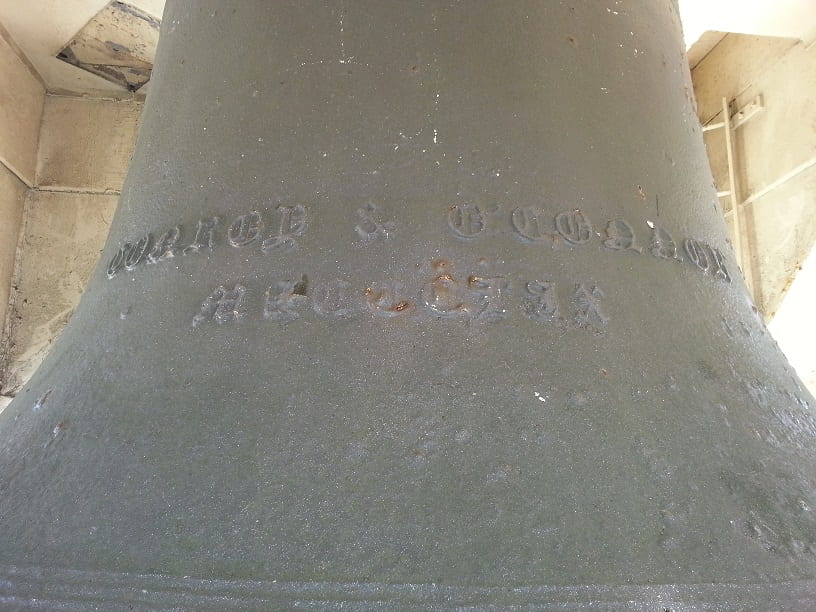
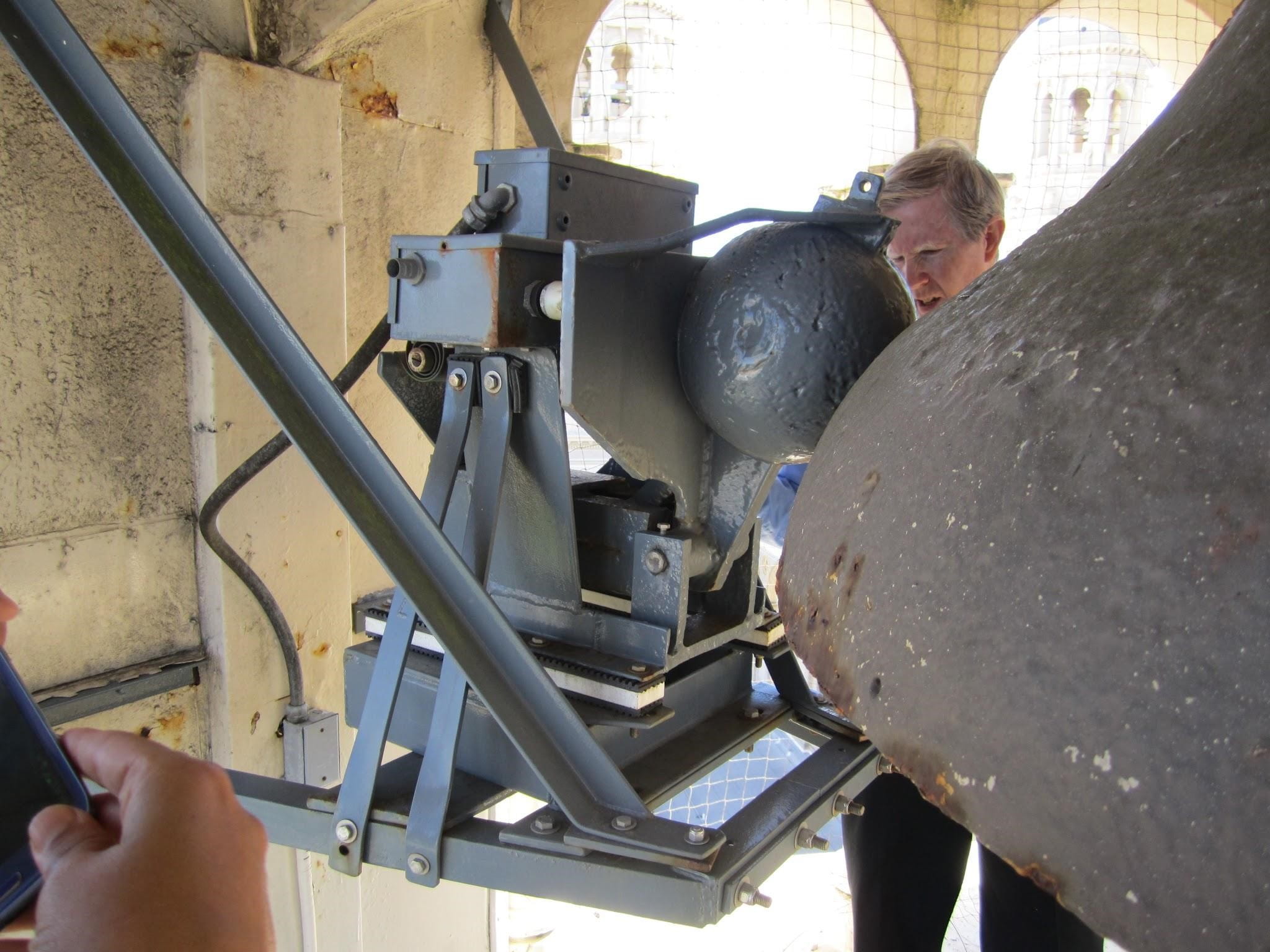
The floor of the tower has no balustrade–just this netting to stop you from stepping off (and to keep the pigeons out)!
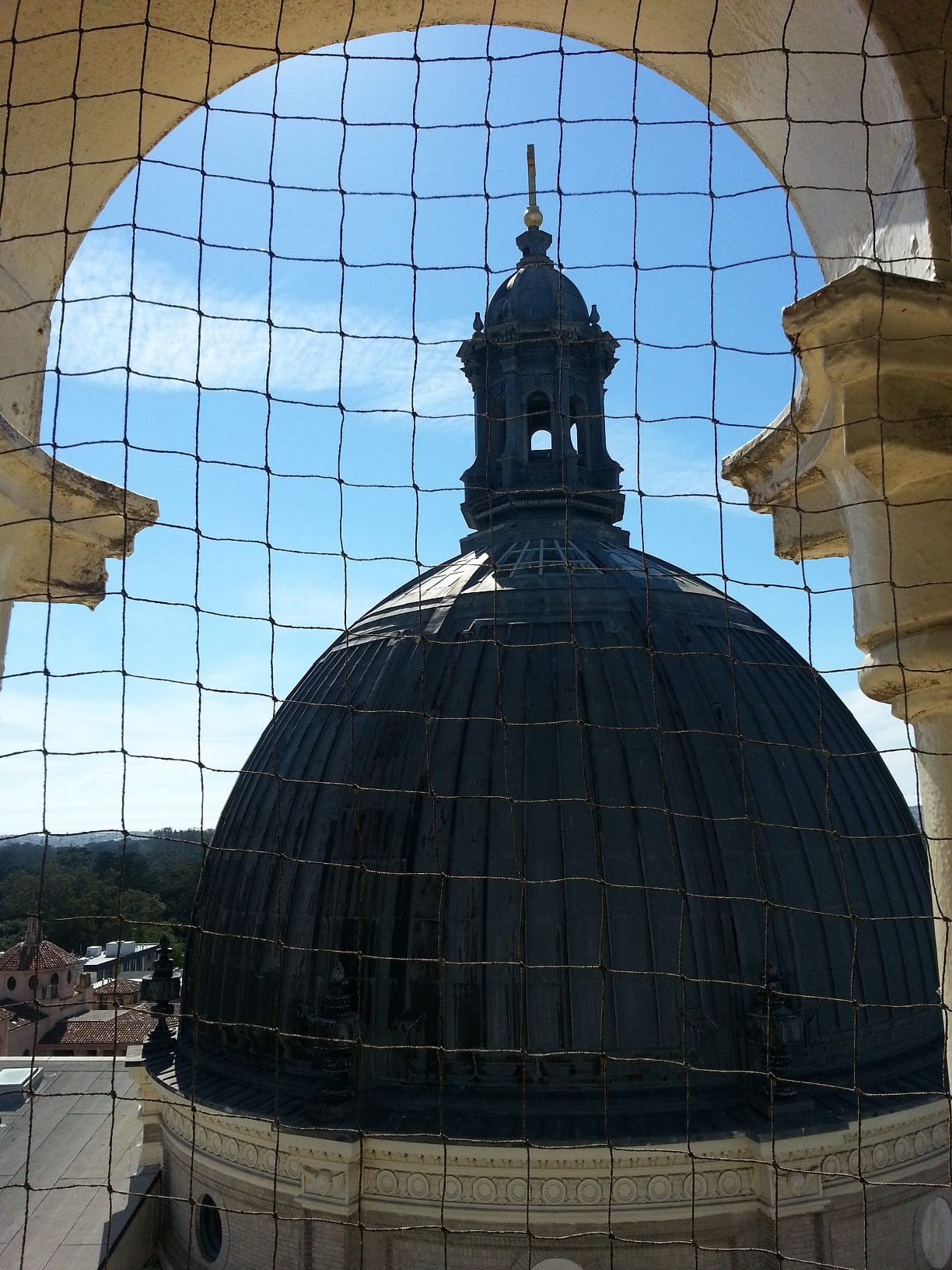
By now, we were just two minutes away from the hour, and we had to rush back. But, we stayed in the tower; listened to the rings and felt its vibrations.
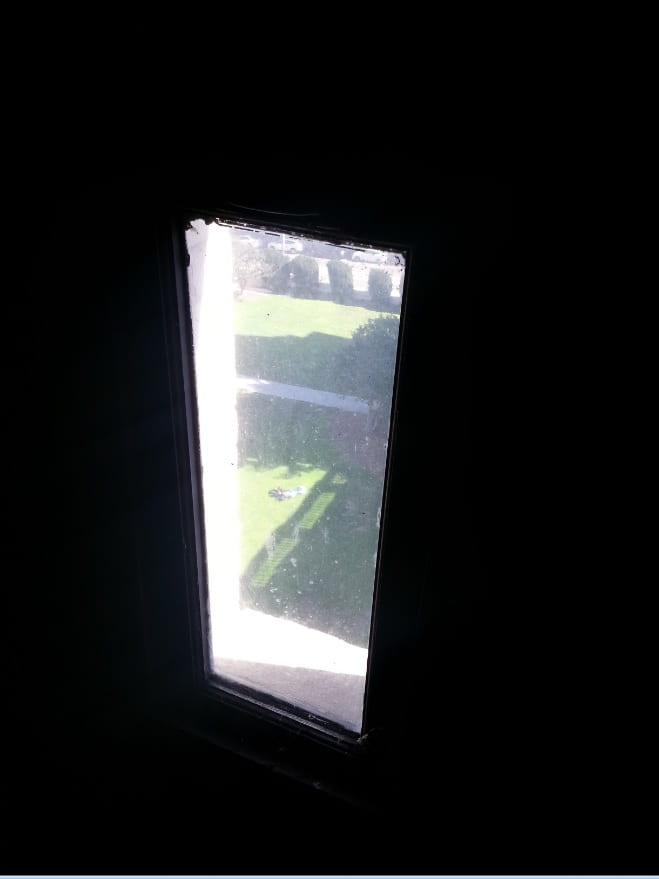
If you’re interested to know more about bells, we’ve got plenty to quench your curiosity at Gleeson Library:
E-Books – Nonfiction
Bell watching by Edmund W. Jupp
Available through Ebsco Ebooks
The Liberty Bell by Gary B. Nash
Available through Ebrary Ebooks
Books – Nonfiction
Bell-ringing : the English art of change-ringing by Ron Johnston
Gleeson Stacks, MT710 .J65 1986
Acoustics of bells edited by Thomas D. Rossing
Gleeson Stacks, TS585 .A26 1984
Bells and man by Percival Price
Gleeson Stacks, CC205 .P7
A book about bells by the Rev. Geo. S. Tyack
Gleeson Stacks, TS585 .T9
Church bells by H. B. Walters (… with thirty-nine illustrations)
Request at the Circulation Desk: CC210 .W2
The mission bells of California by Marie T. Walsh
Gleeson Stacks, CC209.C2 W3 c.2
Books – Fiction
The nine tailors : changes rung on an old theme in two short touches and two full peals by Dorothy L. Sayers
Gleeson Stacks, PR6037.A95 N49 1934

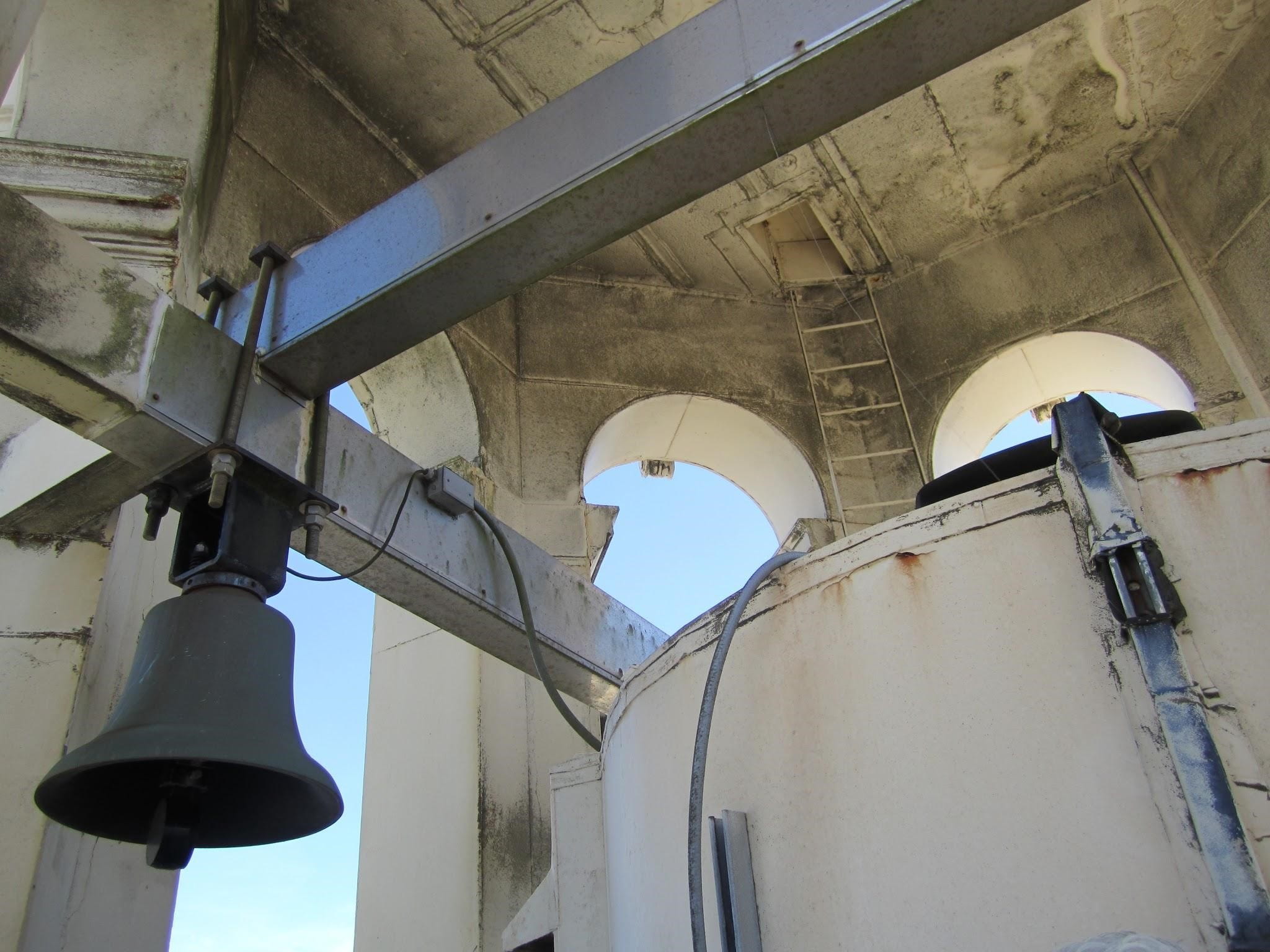
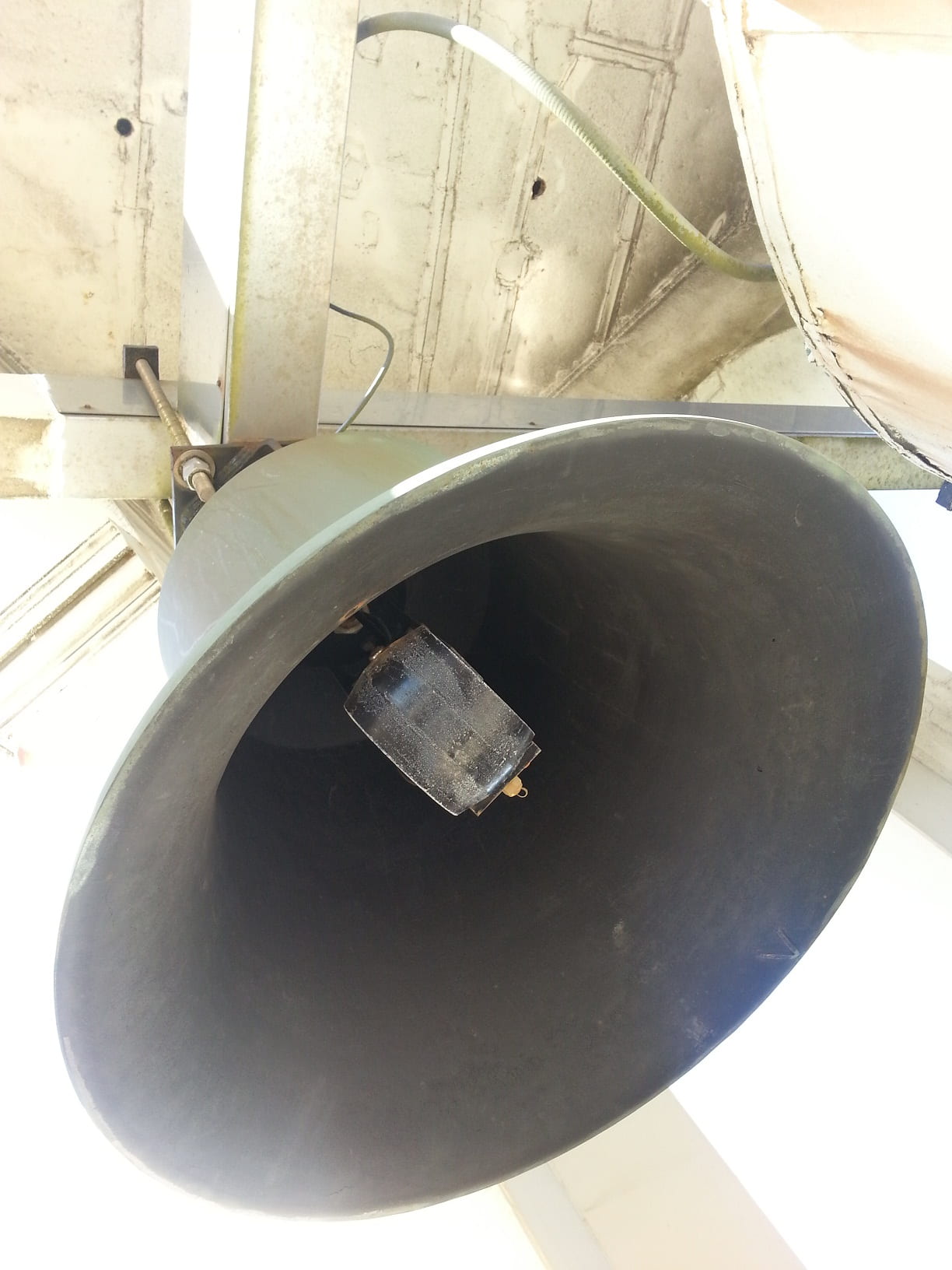
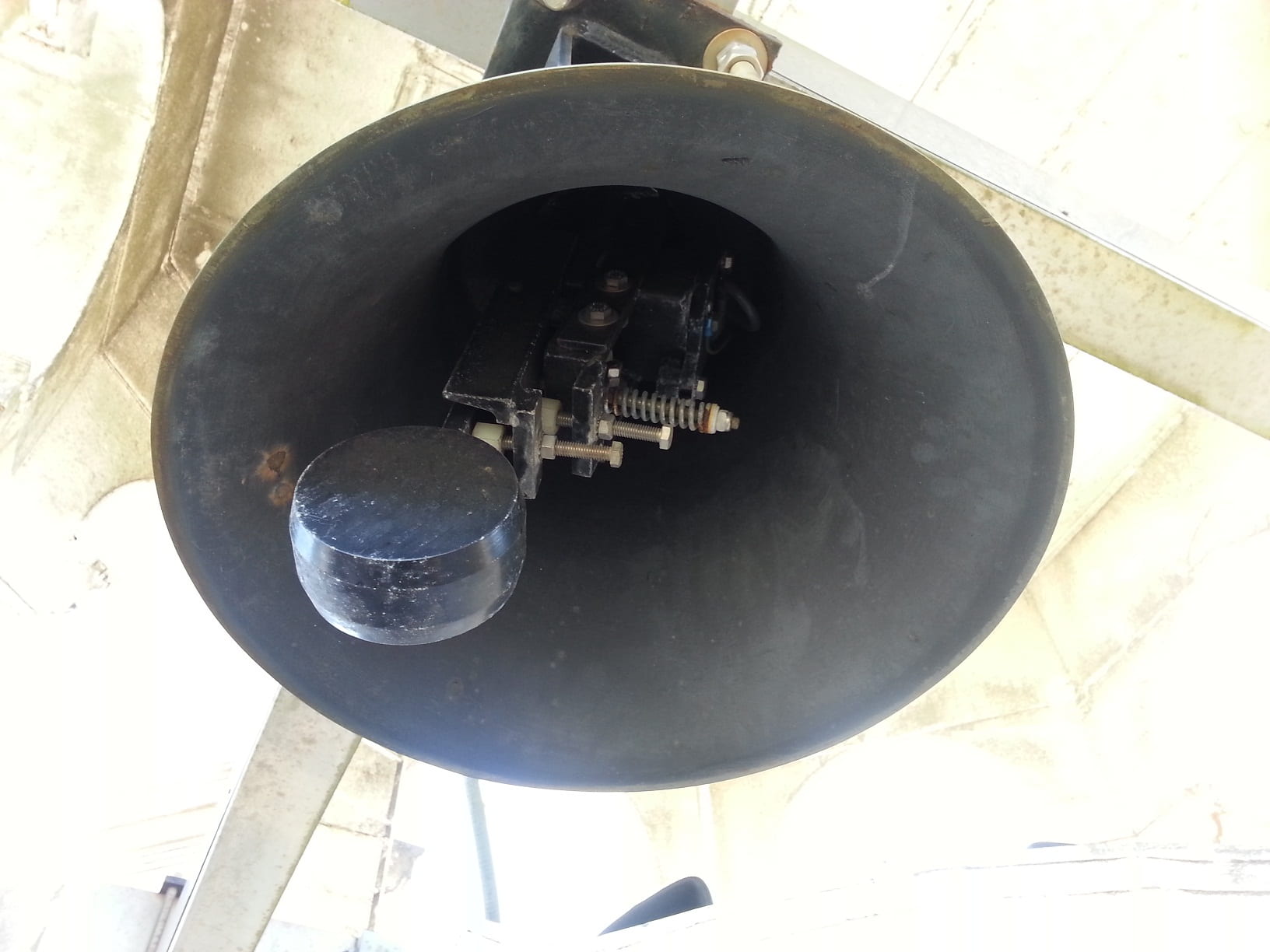
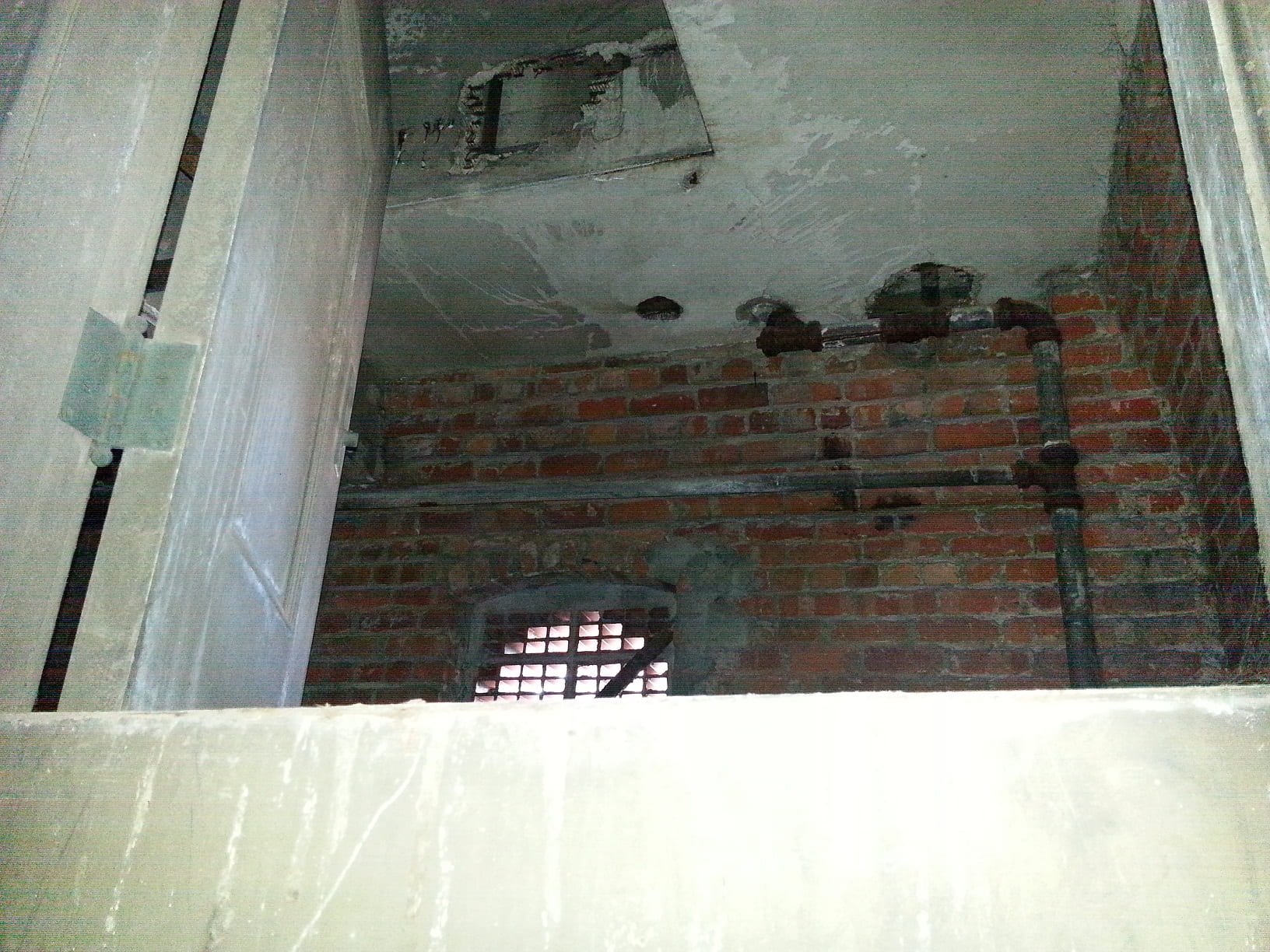
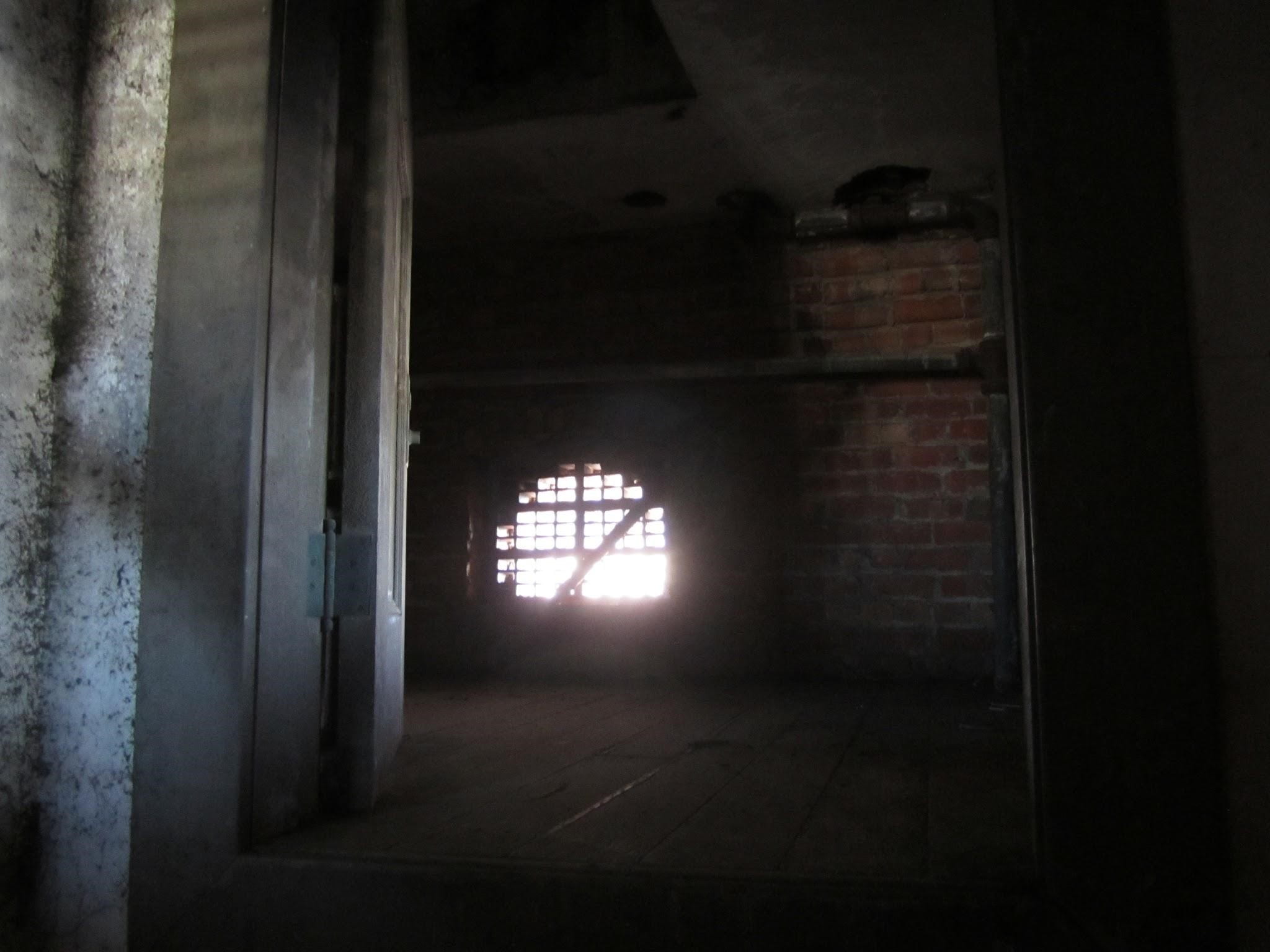
Hi Ava,
I appreciated your post of the Bells of St. Ignatius. This was a fascinating (and rare) tour on the bell’s history with some great photographs from the bell tower. You put together an interesting bibliography too. Excellent work!